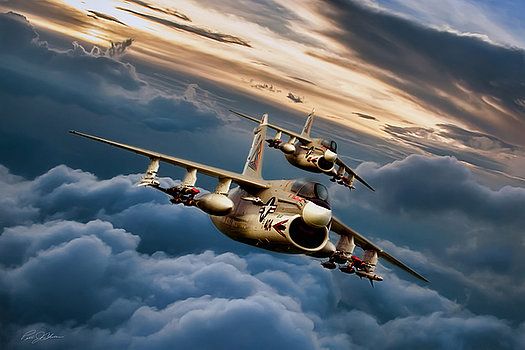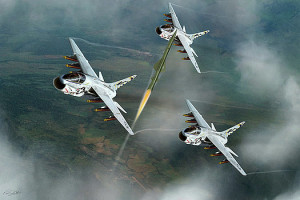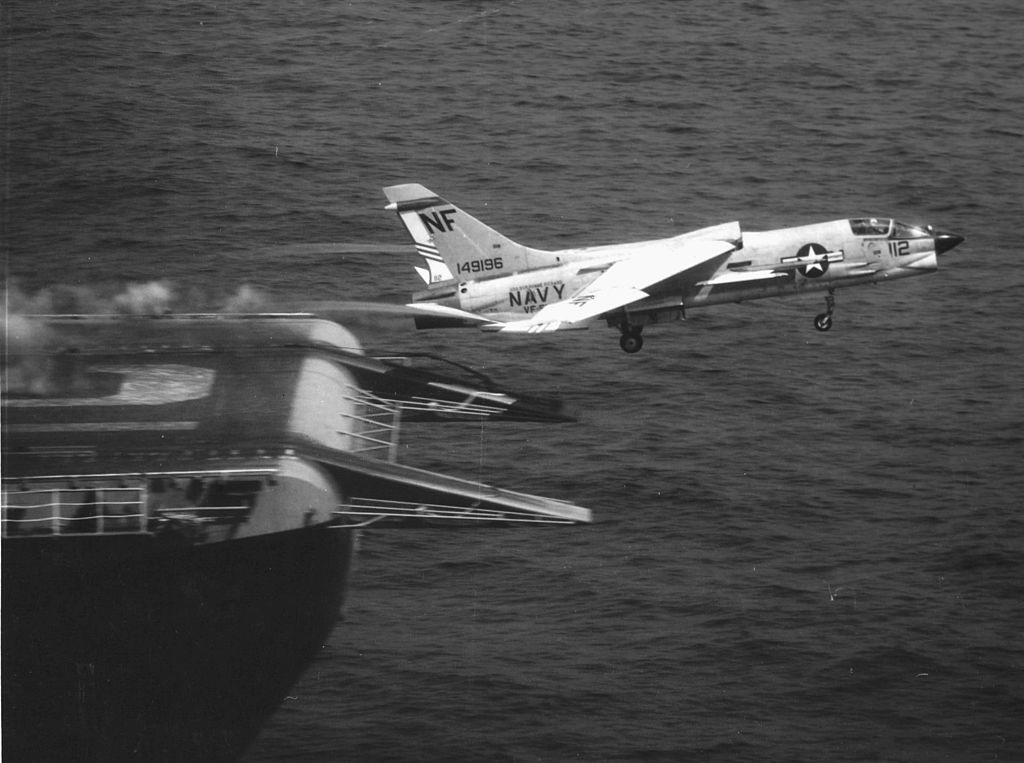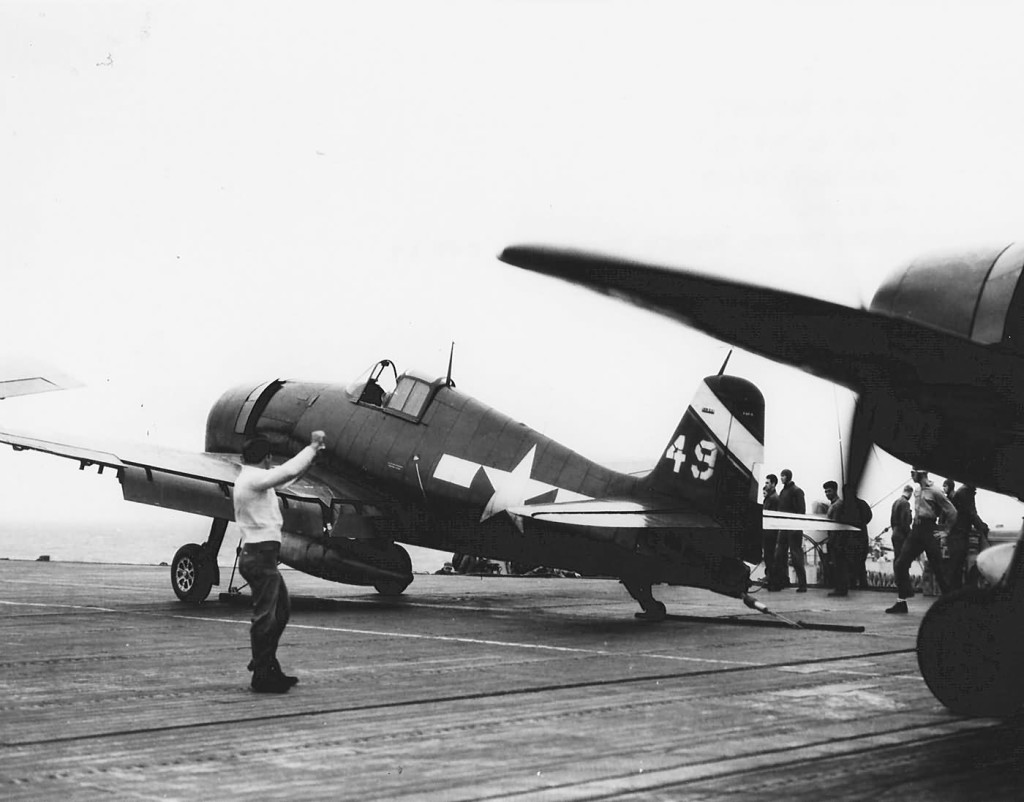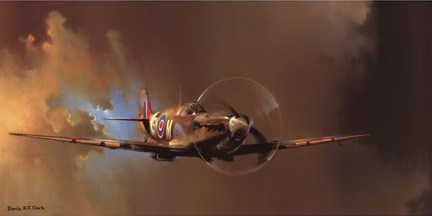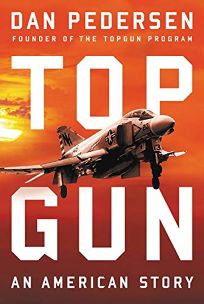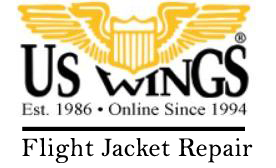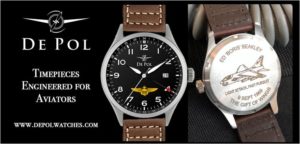Testimony of Pilot #7
Aeroplane testing . . . demands for satisfactory results the highest training. It occupies no special place by virtue of this—it merely comes into line with the rest of engineering. Now, one can learn to fly in a month . . . but an engineer’s training requires years. It is evidently necessary, therefore, that engineers—men with scientific training and trained to observe accurately, to criticize fairly, to think logically—should become pilots, in order that the development of aeroplanes may proceed at the rate at which it must proceed if we are to hold that place in the air to which we lay claim—the highest.
CAPTAIN William S. Farren, British Royal Aircraft Factory, 1917
1) 1933, Trap in F9C Sparrowhawk testing the trapeze recovery system on the airship USS Macon; 2) jet testing; 3) book cover; 4) April 1943, first naval aviator to fly a jet – the Bell P-59A Airacomet at Muroc
This second chapter takes its characterization as “harnessing the sky.” Below are excerpts from the book of that title telling the story of the test pilot who led naval aviation out of bi-planes to the airwings that won the war in the Pacific, and along the way became the US Navy’s first jet pilot, then founding the Navy Test Pilot School. With way too many critical stories for a complete picture of Trap, specific focus here is on his crucial role in the design and testing of the F4U Corsair of WWII and Korean War fame. TINS
Making the F4U Corsair a Combat Star
from
Harnessing the Sky:
Frederick “Trap” Trapnell, the U.S. Navy’s Aviation Pioneer, 1923-1952
by Frederic M. Trapnell Jr. and Dana Trapnell Tibbitts
Since when were Navy test pilots redesigning their aircraft? Continue reading



